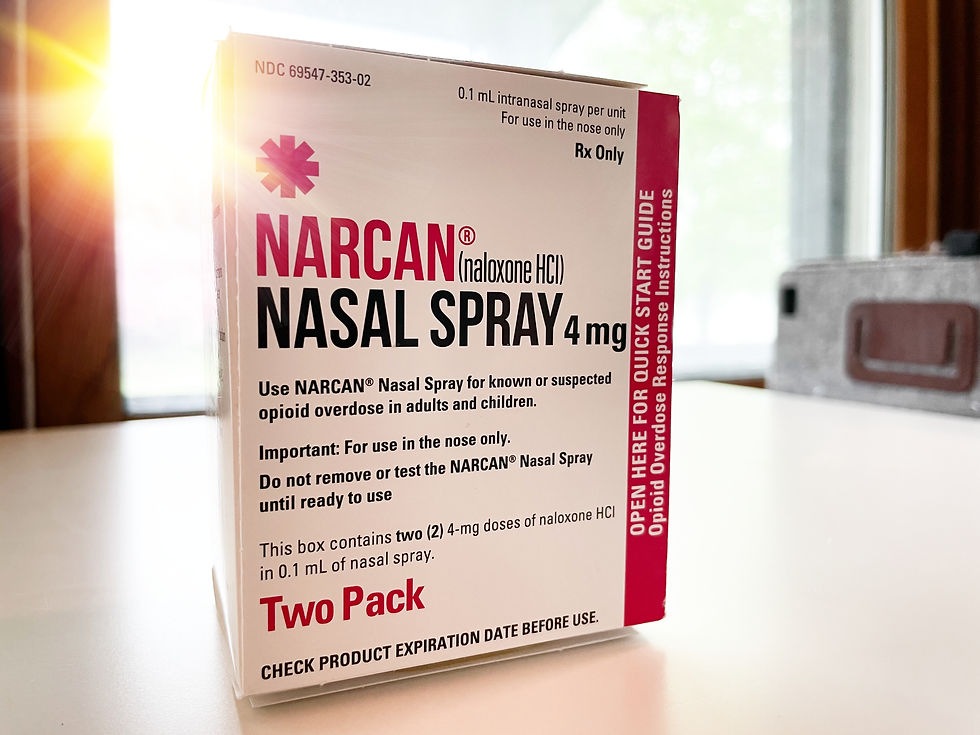
How to Use Naloxone (Narcan)
Naloxone is easy to use and light to carry. There are two forms of naloxone that anyone can use without medical training or authorization:
Nasal Spray
Prefilled devices that spray medication into the nose. (How to video)
Injectable
Medication (solution) is given by injection into a muscle or under the skin. (How to video)

Who Should Carry Naloxone?
Naloxone is recommended for anyone who may be at risk of witnessing or experiencing an opioid overdose, including:
-
Individuals with an opioid use disorder
-
Patients taking prescribed opioid medications
-
People combining opioids with benzodiazepines
-
Individuals who use any kind of drugs
-
Friends, family, or caregivers of the above individuals
Missouri’s Good Samaritan law protects people who provide emergency aid, such as administering naloxone, during an overdose situation.
Why Carry Naloxone?
Having naloxone on hand can be the difference between life and death in an overdose situation. Emergency services may not always arrive in time, so being prepared to act quickly could save someone’s life. Many fatal overdoses occur in the presence of bystanders. Because you cannot use naloxone on yourself, it's important to let others know if you carry it.
Recognizing an Opioid Overdose
Signs of an opioid overdose include:
-
Pinpoint pupils
-
Loss of consciousness or falling asleep
-
Slow, shallow, or absent breathing
-
Gurgling or choking noises
-
Limp body
-
Pale, cold, or clammy skin
-
Blue or gray lips and nails
If you're unsure whether someone is overdosing, treat the situation as an overdose.
Responding to an Opioid Overdose
-
Administer naloxone and call 911 immediately.
-
Keep the person alert and breathing, if possible.
-
Roll them onto their side (recovery position) to prevent choking.
-
Stay with them until emergency help arrives.
-
In suspected fentanyl overdoses, more than one dose may be needed.

Naloxone (Narcan)
Naloxone is a critical medication that can rapidly counteract the effects of an opioid overdose, including those caused by substances such as heroin, fentanyl, and prescription painkillers.

_edited.png)